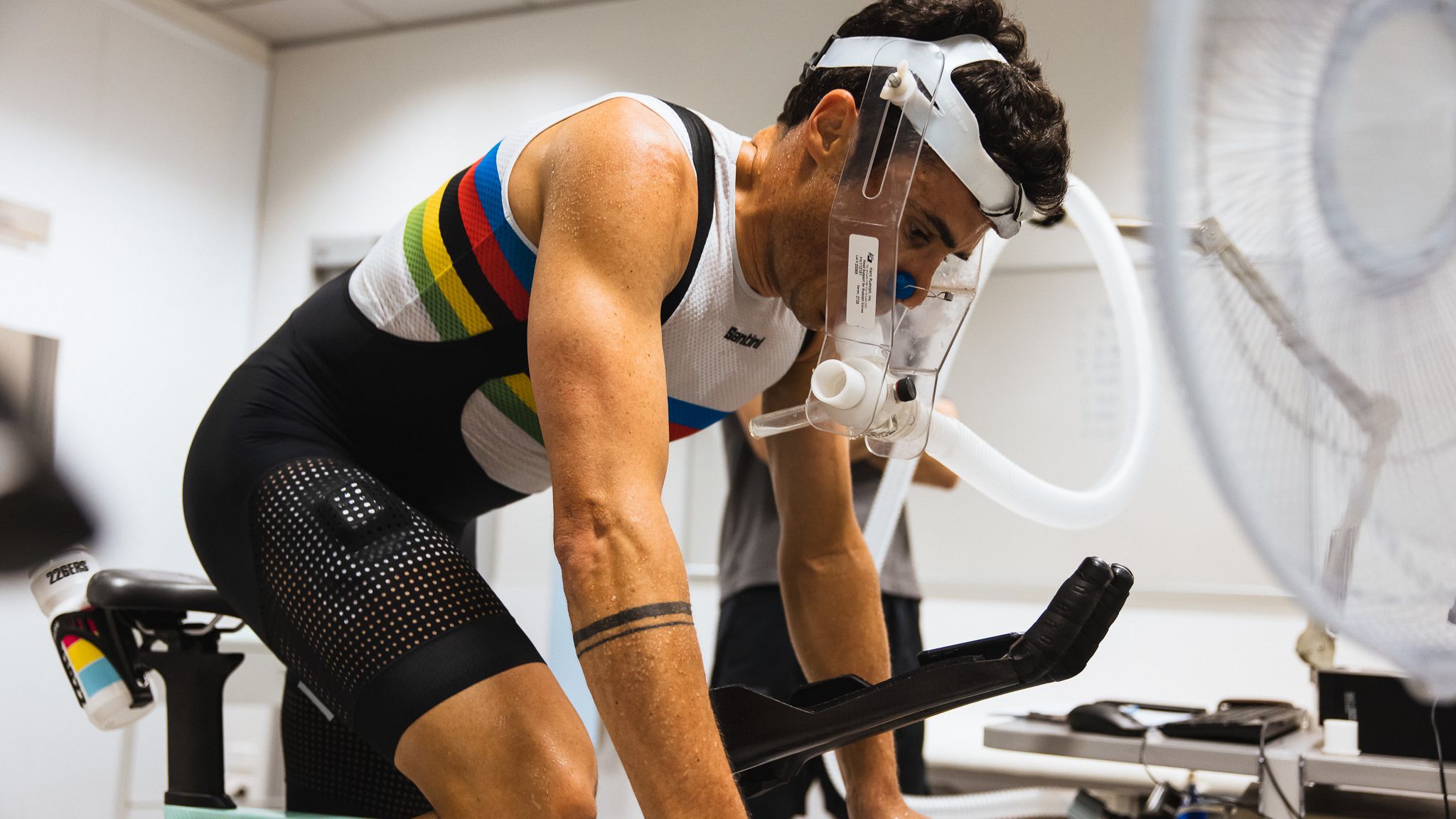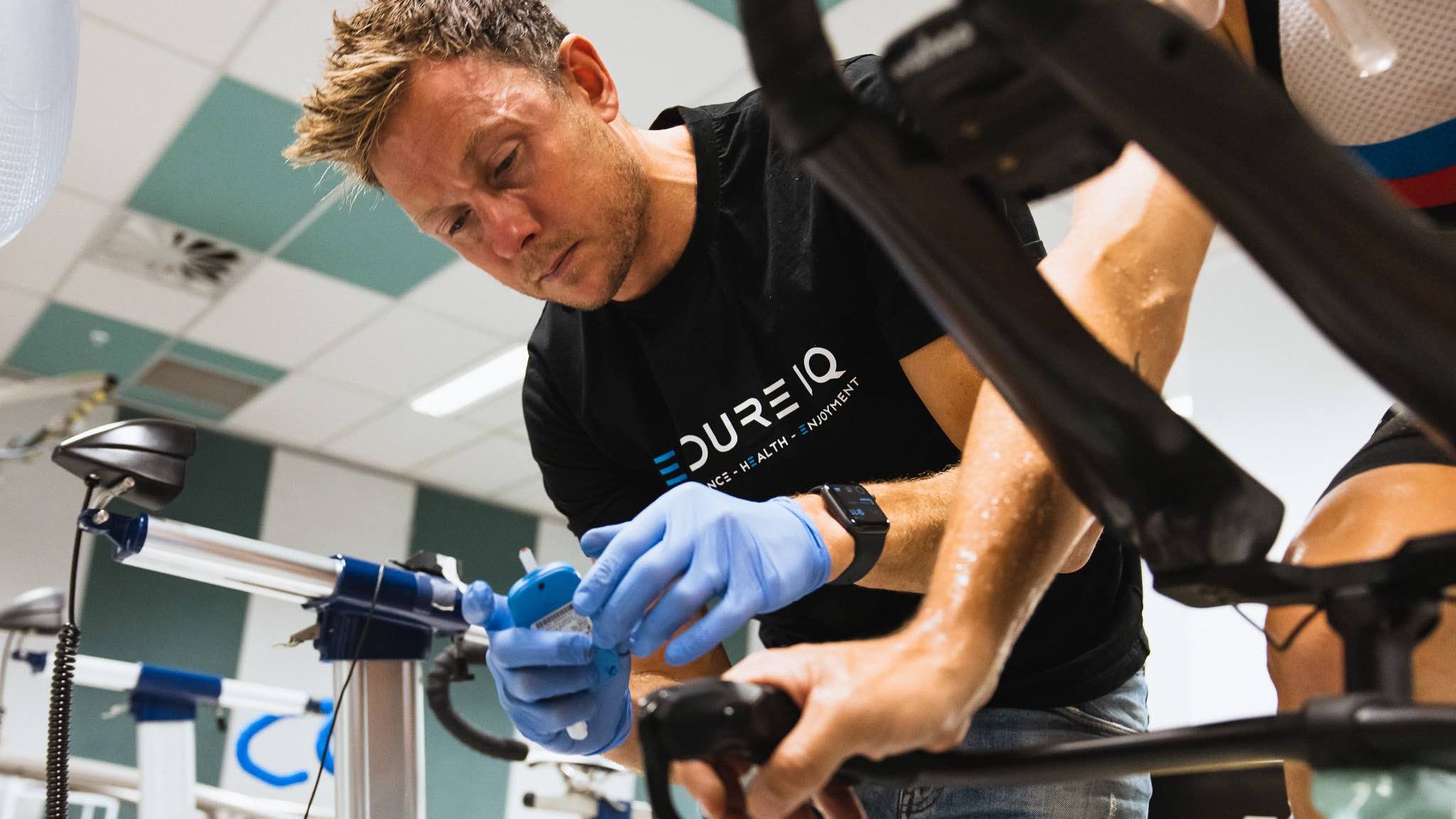Carbohydrates During Exercise and Athlete Durability: Our Recent Publication

It’s not what you can do for 5 minutes, it’s what you can do for 5 minutes after five hours. As endurance athletes, we know that our endurance – our physiological and psychological ability to endure, to keep going as the hours tick up in our event – is fundamental to our performance.
‘Durability’ is an emerging concept in exercise physiology, and, more importantly, we think, a critical factor in endurance training and performance. In our 2021 paper, we defined durability as an athlete’s resilience to the effects of prolonged exercise on their physiological profiling characteristics – the thresholds we use to inform pacing strategies, programme training sessions, and monitor training load (1). Subsequently, durability has been proposed as a crucial factor in endurance performance, as it defines, physiologically at least, our ability to stave off the upward creep in effort required at a given speed or power output as exercise progresses (2). As readers of our blogs, or our monthly Train...
Our Research Updates: Why Durability Should Be a Focus in Endurance Training

Those of you that read our blogs, or subscribe to our monthly Training Science Summaries, will know that we often write about ‘durability’. Durability has been one of our key research areas over the last few years, and something that is seeing a lot of attention in our field by other researchers, too. I think durability has massive implications not only for endurance performance, but also for the day-to-day decisions we make in endurance training.
In this blog, I’m going to provide an update on the durability research – what we know, what we don’t know, and what the implications are for athletes. However, I’ll before we get into durability, I’ll discuss physiological profiling.
Physiological Profiling and Endurance Training
I often have my athletes perform incremental exercise tests. With an incremental exercise test, we can estimate the athlete’s overall aerobic capacity or V̇O2max, how economical their movement is, and their speed or power output at the so-called ‘thresholds’. We ...
Optimizing Recovery for Endurance Athletes

Effective endurance training is all about stress management, and the balance between stress and recovery. Individual training sessions generate physiological stress – elevations in temperature, heart rate, and stress hormones, changes in pH, depletion of fuel stores, and so on. The stress of individual training sessions is what triggers the adaptive response we look for with training, and this occurs during recovery (1). However, too much physiological stress with inadequate recovery will eventually lead to fatigue, overreaching, and maladaptation, as anyone who has dug themselves a hole with a hard training block can testify.
Therefore, when planning a training programme, and then regulating and monitoring that training programme, we are managing the balance between stress and recovery. We want to ensure there is enough stress to stimulate adaptation, but not so much that we become fatigued, overreached, and burned out. We want to make sure our recovery processes are geared up to ens...
Making Sense of Incremental Exercise Test Fat Oxidation Data

📸RookMediaProductions
Fat oxidation, and fat oxidation rates get talked about a lot in the world of endurance sports and triathlon. Of course, being able to break down fats for use as fuel during prolonged exercise is an important determinant of performance in ultra-endurance events like Ironman. Our other fuel source – carbohydrates – are relatively limited and are depleted during prolonged or intense exercise. Being able to use fat effectively reduces the rate at which we burn through our carbohydrate stores, and thus delays the fatigue associated with depleted carbohydrate stores, or ‘hitting the wall’.
Given that having a robust capacity to make use of fat stores during exercise is important, I quantify it in the lab with the athletes I work with. We can measure fat oxidation rates during exercise using a technique called indirect calorimetry, which involves the collection of expired air, and we typically do this across a range of exercise intensities in what’s called an incremen...
Are all Exogenous Ketones Created Equal?

There is increasing interest in the effect that ketones might have on the performance of athletes. We know that by consuming a diet very low in carbohydrates – less than 50 grams per day or so – we can enter ketosis or increase the circulating concentration of ketones in the blood. That’s why these diets are called ‘ketogenic’ (1, 8). In recent years, supplements have been developed that allow us to increase our circulating ketone concentrations independently of our habitual diet. These are the so-called ‘exogenous ketone supplements’ (9).
There are various types of exogenous ketone supplements, including ketone esters, ketone salts, and ketone precursors (that are converted into ketones in the body). Ketone salts combine ketones with sodium, potassium, calcium, or magnesium, and, predictably have the potential to provide a very high salt load. Ketone salts tend to provide a modest elevation in blood ketone, specifically D-βHB, concentrations.
Ketone esters on the other hand are boun...
Exogenous ketones and EPO boosting - Worth the Hype?

Exogenous ketones have generated a lot of buzz in the endurance sports community over the last few years. Exogenous ketones are not to be confused with the ketones that circulate in the blood after adaptation to a very low carbohydrate, high fat, ketogenic diet; exogenous ketones are instead ingested in a supplement like a sports drink in much the same way that carbohydrates might be. There are a number of different types of exogenous ketones (6), with ketone monoesters seeing the most attention.
It was initially thought that, again like carbohydrates in sports drinks, taking on exogenous ketones during exercise might provide us with an alternative fuel source to help power long duration exercise and reduce use of our finite glycogen stores. There has been some indication that exogenous ketones do help us reduce glycogen use during exercise (2), although probably not via direct burning of the ketones to supply energy; the effect instead likely relates to some kind of signalling respon...
Zone 2 Training: What’s all the fuss about?

Those of us on social media can’t get away from the hype and discussion around so-called “Zone 2” training. Like with many discussions on social media, you might easily be mistaken in thinking that so-called “Zone 2” training is a brand-new and somehow magical training construct and the only way to achieving your endurance training goals. Whilst that is not the case, training in “Zone 2” is one of the core pillars of my training philosophy when working with endurance athletes and long-distance triathletes in particular.
In this blog, I have tried to clear up some of the confusion around “Zone 2” training and offer my rationale for why accumulating a large volume of low-intensity training is important.
What do we mean by “Zone 2”?
Before discussing why so-called “Zone 2” training might be important, we need to nail down what we mean by Zone 2. In zone 2 training, athletes and coaches use a five-zone model of exercise intensity. Zone 1 is very easy, recovery intensities, and the trans...
Maximal fat oxidation rates: What does it mean, what does it tell you?

We have discussed in detail that having a robust capacity to use our fat energy stores to support exercise is important for long-distance triathlons. That is because our stored fat is effectively unlimited in the context of exercise, even very long-duration exercise in very lean athletes. In contrast, our stored carbohydrate reserves are finite and will be depleted to very low concentrations after exercise of sufficient length and intensity. To put this in perspective, a lean, 70-kg triathlete with 10% body fat has at least enough energy in their 7 kg of stored fat to complete more than Ironman triathlons back-to-back (3). Of course, those are theoretical Ironmans; the point I am making here is that whilst depletion of stored carbohydrates can lead to the fatigue we recognise as ‘hitting the wall’, we don’t slow down in an Ironman because we run out of fat energy (4).
As an exercise physiologist working in applied practice, I regularly test the fat oxidation capacities of endurance at...
Lactate for Endurance Training: What is it?

Sooner or later, as an endurance athlete, you will come across a discussion of ‘lactate’, whether you are also an exercise physiologist or not. Blood lactate concentrations are routinely measured in endurance athletes, and so-called ‘lactate thresholds’ are used to inform training decisions. Some athletes and coaches even spot-test blood lactate concentrations during exercise to regulate intensity during training. And this is becoming more popular than ever – word on the street is in Kona this year, just about every athlete stopped to take lactate. Of course, this has been massively popularized by the Norwegian program's success, and rightly so! They are doing some amazing things!
However, I believe many people misunderstand what lactate is and isn’t and what blood lactate responses to exercise can and can’t tell you. So, in this blog, I will briefly summarise some of the fundamental physiology of lactate metabolism. Brace yourself for some physiology!
Lactate has been studied by exe...
Right Fuel, Right Time – Carbohydrate Manipulation to Make Every Session Count!

One of the hot topics in endurance sports nutrition at the moment is ‘carbohydrate periodization’ (4, 6).
What is carbohydrate periodization?
Like training periodization, in which we manipulate our training programming to best achieve our training objectives, carbohydrate periodization is a nutrition strategy in which carbohydrate intake is manipulated in line with training demands and to meet the objectives of individual sessions. These objectives may be to maximise acute performance within the session, or to facilitate high-fat oxidation rates, for example. We call this the ‘Right Fuel, Right Time’ approach. The rationale for this approach is that adequate carbohydrates should be consumed to support the quality of training sessions but that we should avoid overconsuming carbohydrates on easier, less demanding days, as this may blunt the signals that lead to positive adaptive responses (3).
In this blog, I will briefly discuss some of the research on the Right Fuel, Right Time appr...
